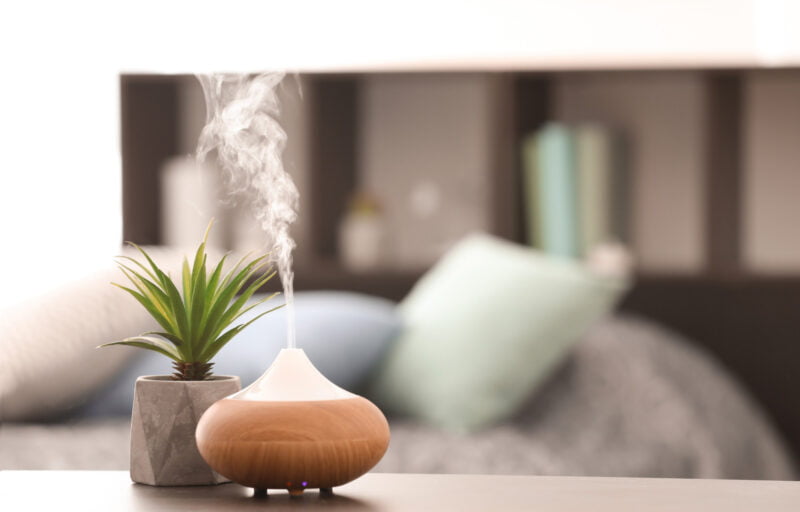It’s no secret that poor air quality can cause health challenges like allergies, headaches, and fatigue. But indoor air pollution can lead to other more dire, long-term health conditions like respiratory diseases, lung cancer, and heart disease. That’s why it’s important to know the facts and find out if your residence has bad air.
Do you think that your health might be at risk because of poor air quality in your home? There are many pollutants that you might know about, and ones that you don’t. Learn the basics about how to have safe air in your house and how to identify the danger signs here with this guide.
Artificial Pollution Causes
Some of the main culprits of indoor air pollution are tobacco products, household cleaning products, appliances, and HVAC systems. Air fresheners, furniture, and building materials can release pollutants continuously. Other factors from outside the home can include outdoor air pollution and pesticides.
Natural Pollutants
Natural pollutants like mold and mildew can exacerbate allergies and other conditions. Maintain an indoor relative humidity of 30-60% to avoid creating conditions where mold and mildew thrive. If you have well water, make sure that no pollutants are contaminating your water.
Radon
Radon is a colorless, odorless radiative gas that is naturally occurring and can compromise the health and safety of those living in your home. These radioactive particles come from a ground leak and can only be detected by a special radon test. If you discover that your property has radon, contact a professional radon mitigation company to help you deal with it.
How To Have Safe Air
In addition to reducing the use of products that contribute to indoor pollutants, there are other ways to improve the air quality in your home. Ensure that your air conditioning filters are clean and that you maintain your system. You can also use a dehumidifier to help remove excess moisture in your house.
Signs of Poor Air Quality
Finally, if you notice that the air in your home is stale and has a strong odor, you might have poor air quality. A broken or failing HVAC system, bad ventilation, and high humidity can also contribute to this. If you’ve recently painted or remodeled the interior of your home, off-gassing from these materials can likewise cause indoor pollution that is harmful.
Have Better Air at Home
Now that you’ve learned about how to have safe air in your home, you can be proactive and try to use some of these tips. Make sure no one smokes indoors, and try to avoid using pollutants like air fresheners, strong household cleaning products, and other heavy chemicals. If you live in an area that is at risk for radon, make sure that you get your home tested.
Did you find this article about safe air helpful? Want to learn more useful tips? Then check out the household section of this site!




